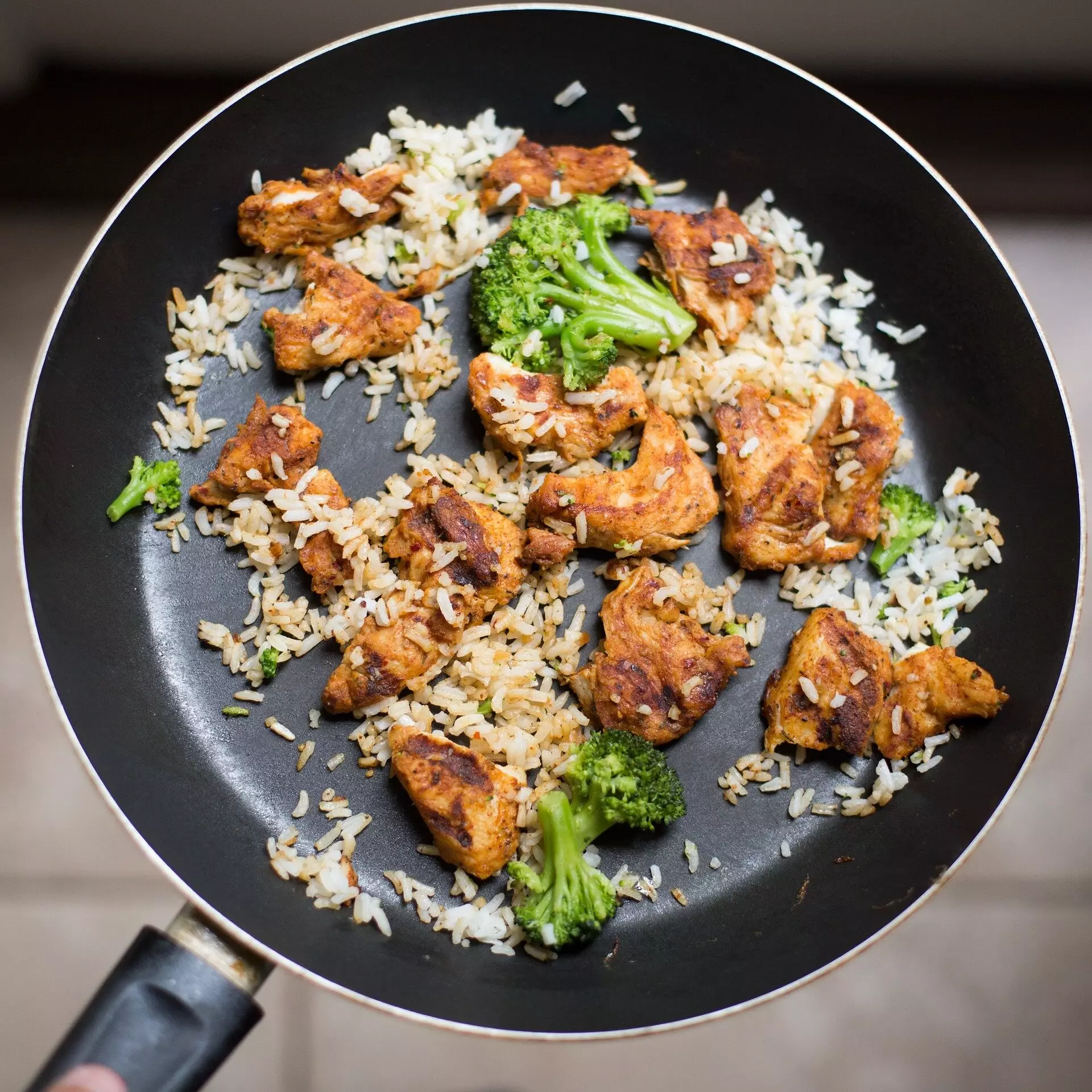Eating leftovers can be a convenient and cost-effective way to enjoy your favorite meals again. However, it is crucial to handle leftovers properly to avoid the risk of food poisoning. Bacteria can quickly multiply in food that is left at room temperature for too long, so it is essential to store leftovers promptly. Leftovers should be refrigerated or frozen within two hours of cooking to prevent the growth of harmful pathogens. Additionally, leftovers should be covered with clingfilm or airtight lids to prevent air exposure, as most pathogens require oxygen to grow.
When reheating leftovers, it is important to ensure that the food reaches a safe internal temperature. Leftover foods should be reheated to at least 165°F (74°C) to kill any bacteria that may be present. For sauces, stews, soups, and gravy, it is recommended to bring them to a full boil, stirring for at least three minutes. Reheating leftovers in the oven should be done at a temperature of at least 325°F (163°C), while in the microwave, leftovers should reach an internal temperature of 74°C before consumption. It is not advisable to reheat leftovers more than once, as this increases the risk of bacterial growth.
Takeaway foods can also be enjoyed as leftovers, but it is crucial to handle them correctly. If takeaway foods have been left at room temperature for more than two hours, they should not be reheated as they may pose a food poisoning risk. However, if takeaway foods were promptly refrigerated and reheated to a piping hot temperature of at least 74°C before consumption, they are safe to eat. Takeaway foods, especially rice dishes, should be handled with caution as rice can contain spores of Bacillus cereus, a bacterium that causes food poisoning. Cooked rice dishes should be cooled quickly, stored in the refrigerator, and reheated to a high temperature to ensure safety.
If you are unsure about consuming leftovers within two days, freezing them is a safe option to prolong their shelf life. Leftovers can be stored in the freezer for up to three months at -18°C. Freezing leftovers inhibits bacterial growth and prevents the food from spoiling. When in doubt about the safety of leftovers, freezing them provides a flexible solution for future consumption.
Practicing proper food safety measures when handling and storing leftovers is crucial to prevent foodborne illnesses. By following the guidelines for storing, reheating, and handling leftovers, you can enjoy your meals safely and minimize the risk of food poisoning. Remember, when in doubt, it is always best to err on the side of caution and freeze leftovers for future consumption. Stay safe and enjoy your leftovers responsibly!

